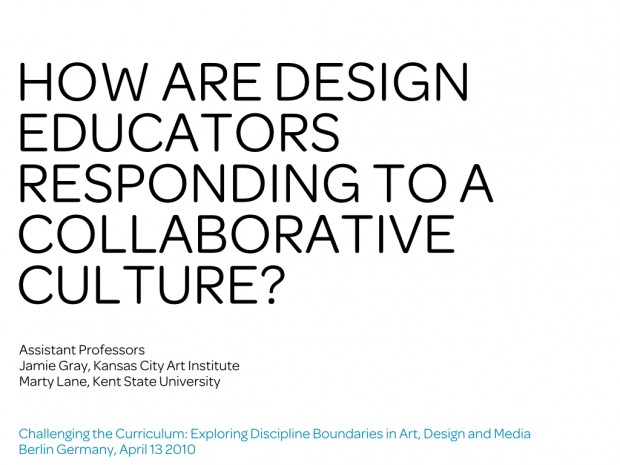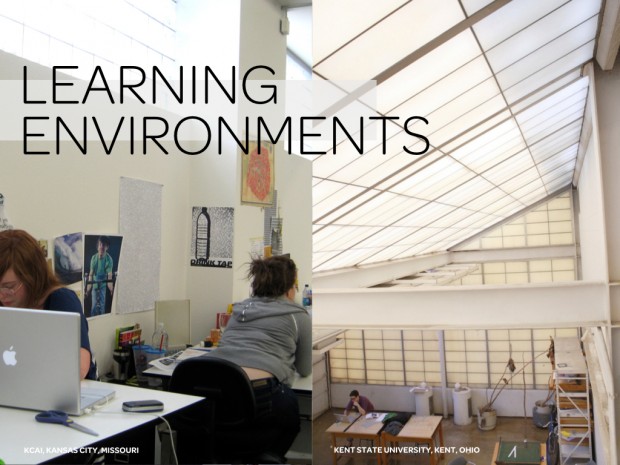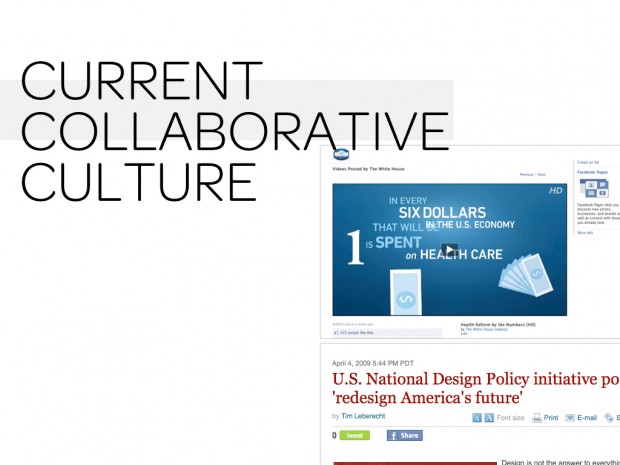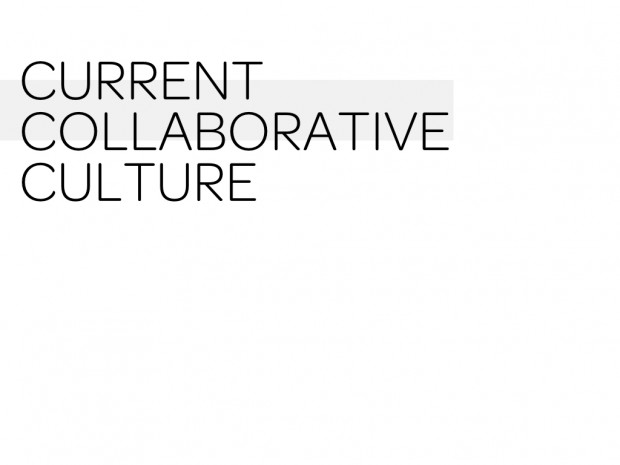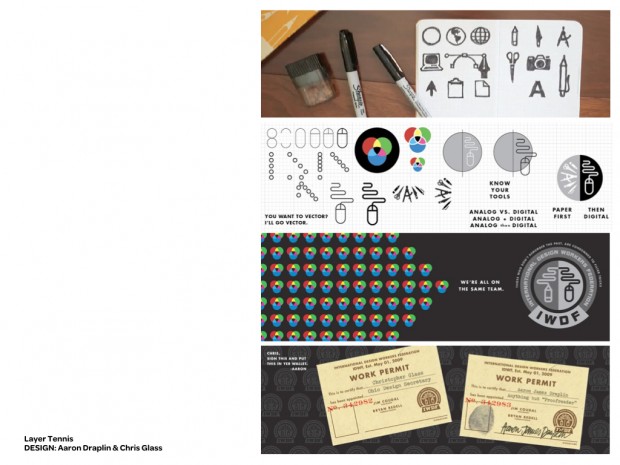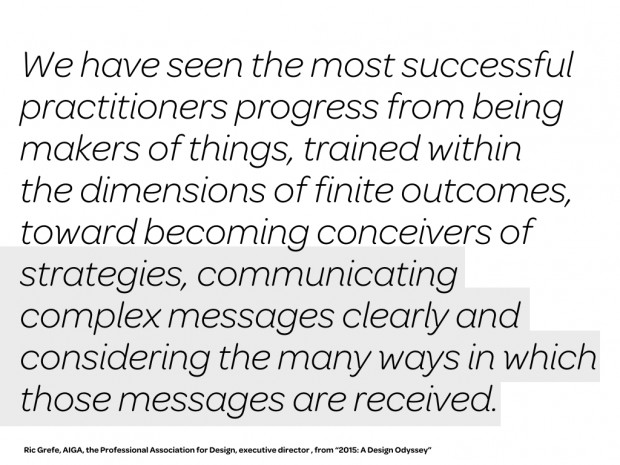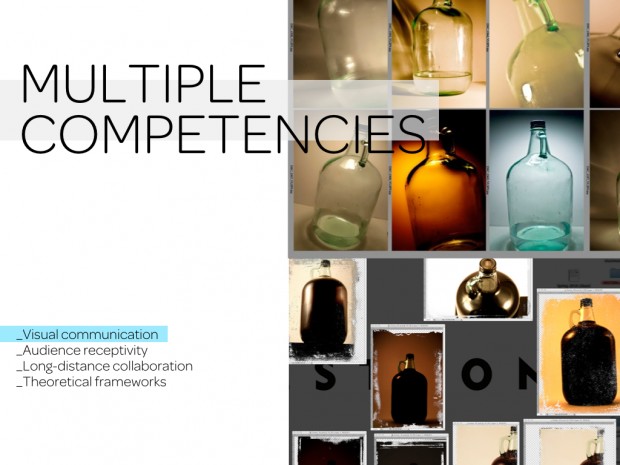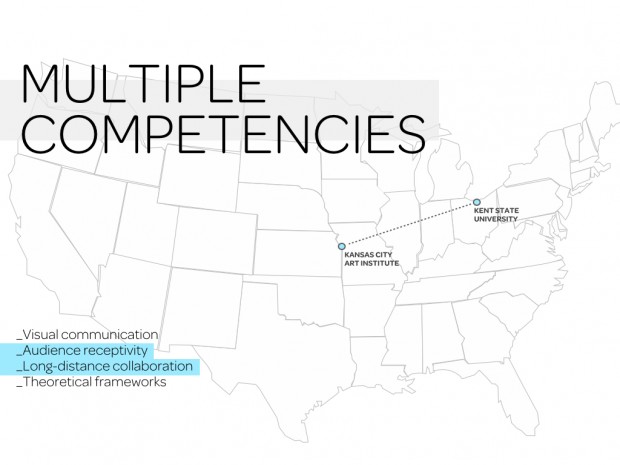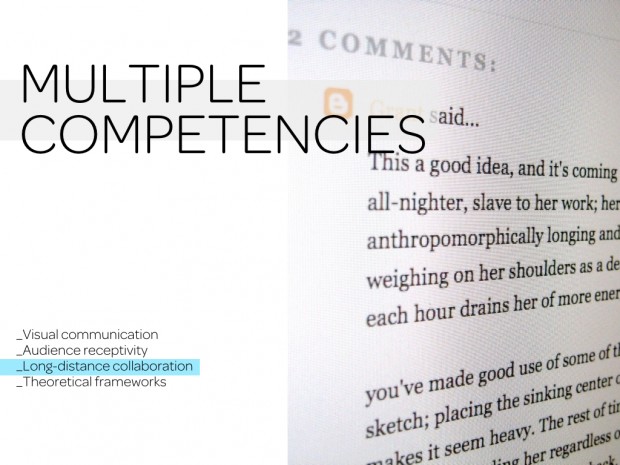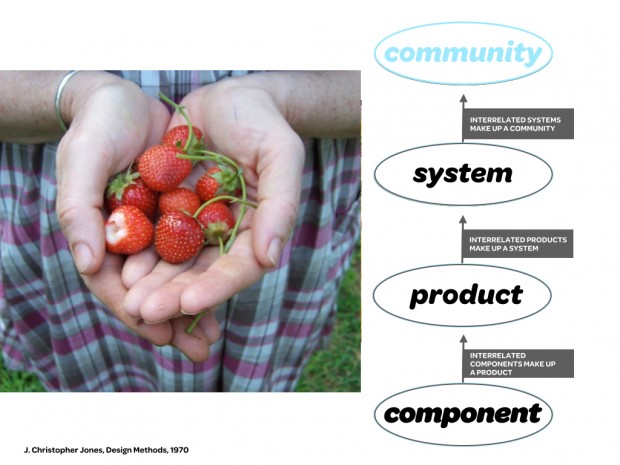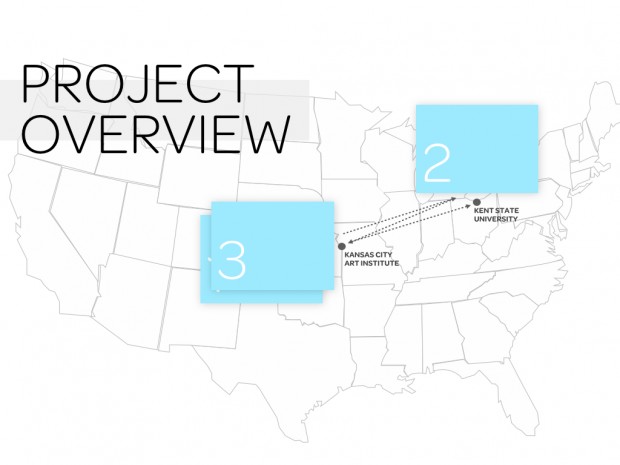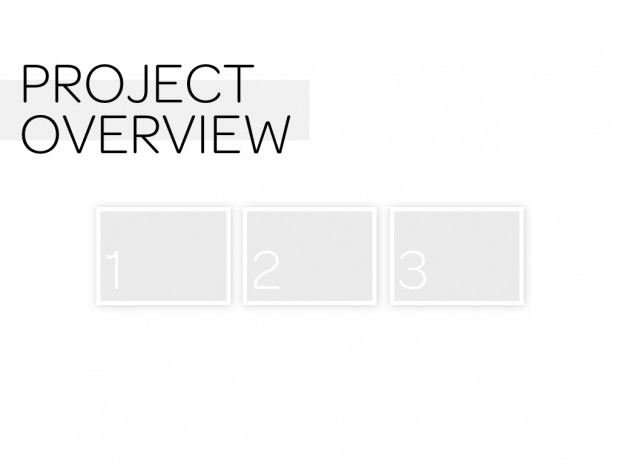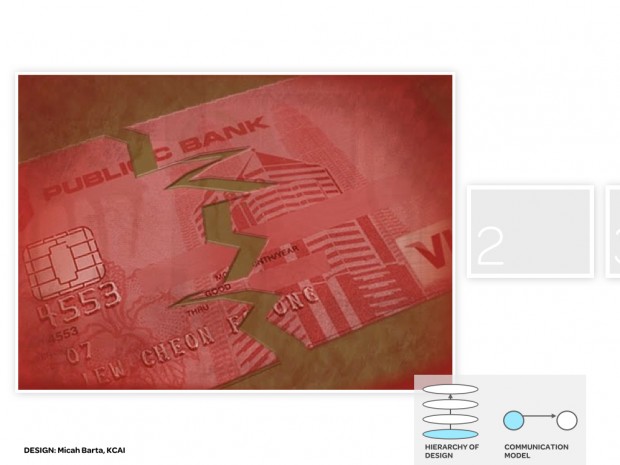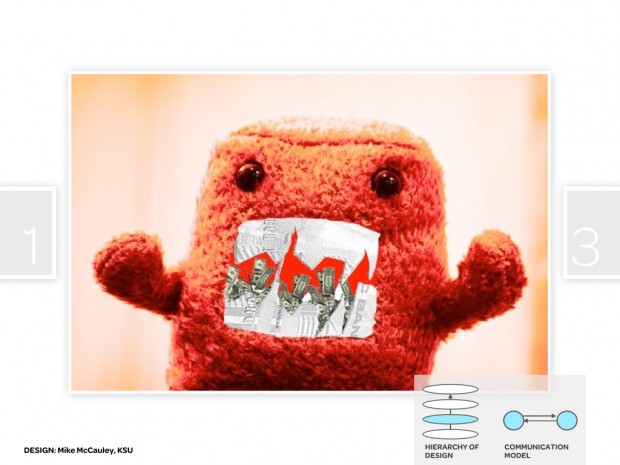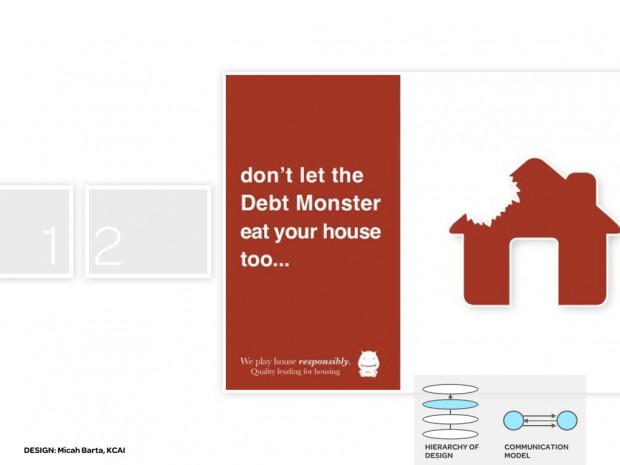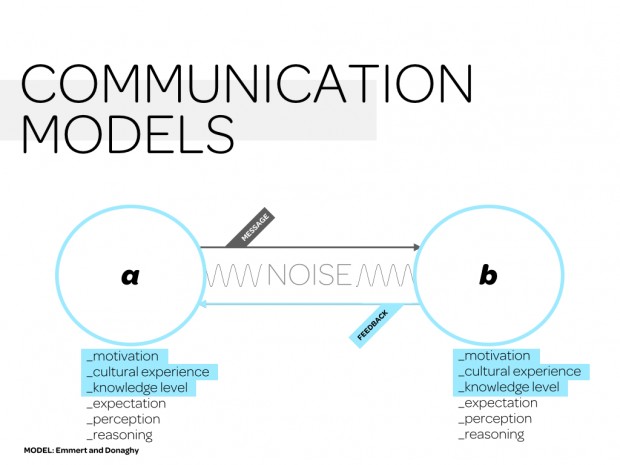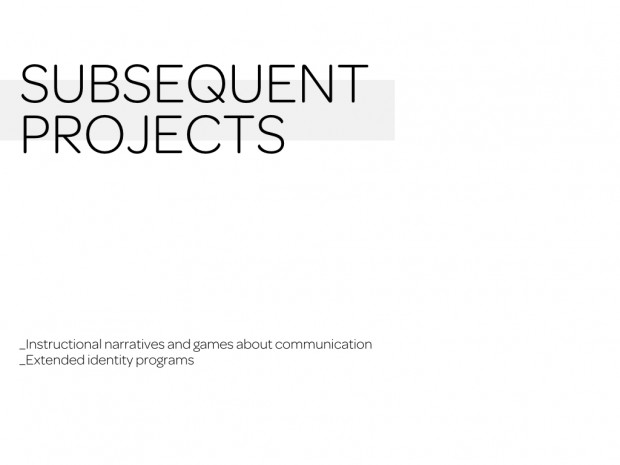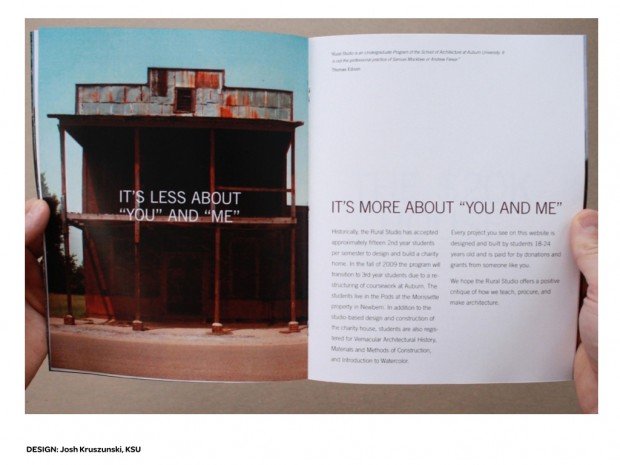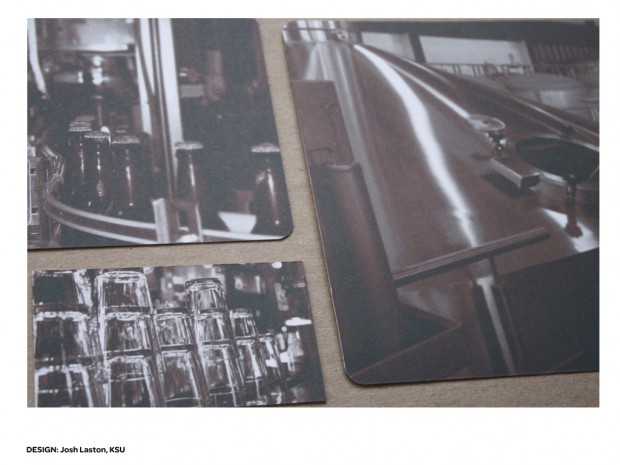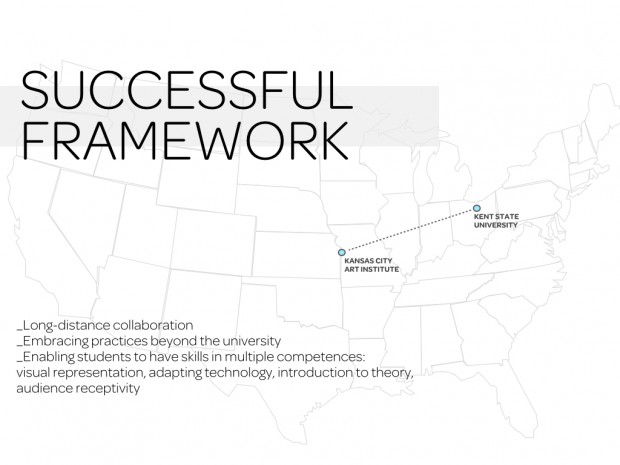How Are Design Educators Responding to a Collaborative Culture?
Enhancing Curricula: Challenging the Curriculum: Exploring Discipline Boundaries in Art, Design and Media, CLTAD’S 5th International Conference, Berlin, Germany. Spring 2010. Co-Presenter with Jamie Gray.
Abstract
As design educatorʼ s we prepare our students to see their role in unexpected fields such as business and anthropology. Therefore instructing how visual communication works across social, cultural, technical and physical divides is a critical objective for design curriculum.
Objectives: With the desire to assist students in understanding how designers and audiences collaborate to make meaning, Professors Gray and Lane teamed up for a long-distance project. Professor Gray led a junior level studio on Communication Theory at Kansas City Art Institute in Kansas City, Missouri. Meanwhile, Professor Lane, some 800 miles away at Kent State University in Kent, OH led a senior-level course on Corporate Identity. The two courses have different learning objectives, and are embedded in two departments with diverse student profiles. KCAI is a private art school and KSU is a public university.
Despite varied contexts, Professors Gray and Lane created the conditions for a successful collaborative learning model. The courses have two commonalities. First, they both use J. Christopher Jonesʼ hierarchy of design problems as a framework. Jones discusses that most design problems exist on a systems or community level, but most design solutions address the product or component level, meaning isolated artifacts. Second, through the analysis of existing communication theories and the construction of graphic representation, both courses address ways viewers decode messages and the designers role in giving meaning to form (with consideration given to audience receptivity).
Current students belong to the generation dubbed “digital natives” and have grown up with technology embedded lives. Technical integration has positive implications to design pedagogy and is of specific importance to collaborative cultures. To address this technical imperative, and to facilitate long-distance collaboration, all students communicate solely via blog, allowing them to overcome physical boundaries (as well as the limitations that familiarity can interject into critiques).
Project: Students worked in pairs. KSU students selected an object connected to their Corporate Identity project. KCAI students provided a visual response in the form of a “digital postcard” that positioned their partnerʼ s object at the component level of Jonesʼ hierarchy. Cards were posted online and KSU students responded both in the written form, speculating on the intended meaning, and in visual form (a second card design). The goal of this visual response was to elevate the dialog to the product level of Jonesʼhierarchy. A back and forth conversation continued for one more design round, concluding at the systems level.
Results: The rapid dialogue spanned approximately one week but closely informed the remaining three week projects for both classes. KCAI students analyzed the conversation under a theoretical lens (studying models by Shannon Weaver, Berlo and Emmert/Donaghy) and designed various instructional narratives or games on communications theory. For KSU students the conversation provided user-feedback that informed the visual language used in their identity programs.
Conclusion: We would like to present the process and results from this collaboration; an open discussion on what worked, what didnʼt work and how we see this as transferable.
Presentation
